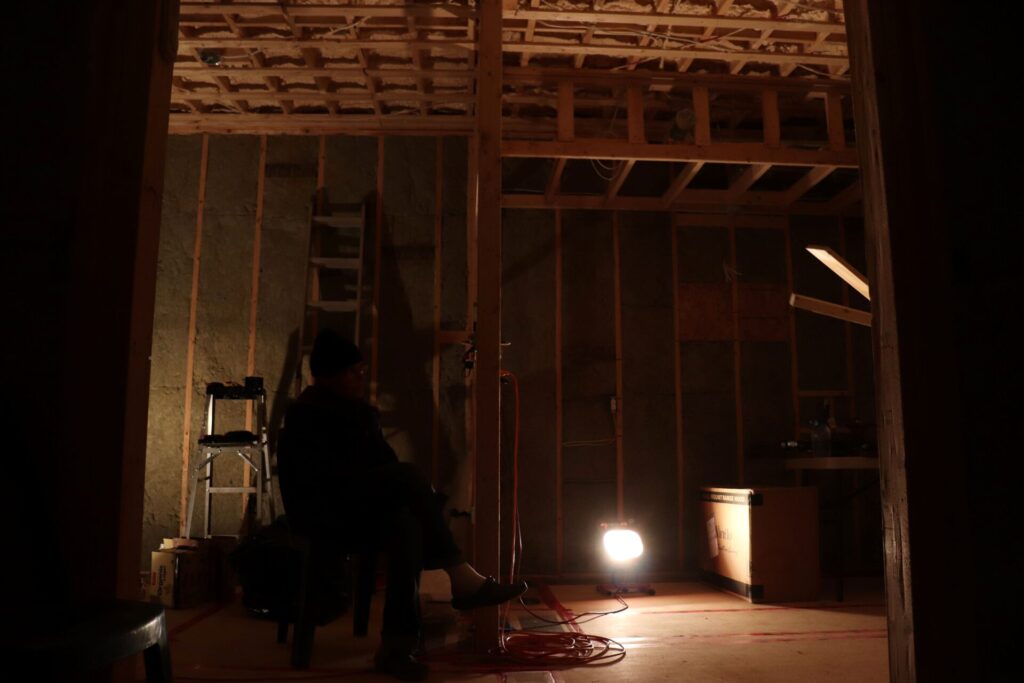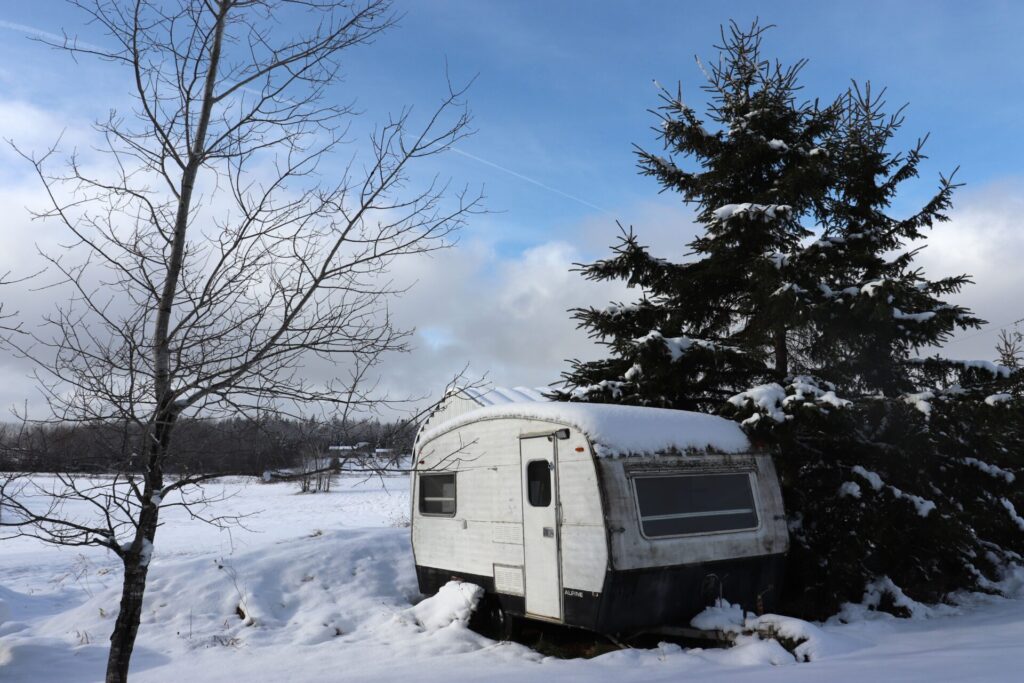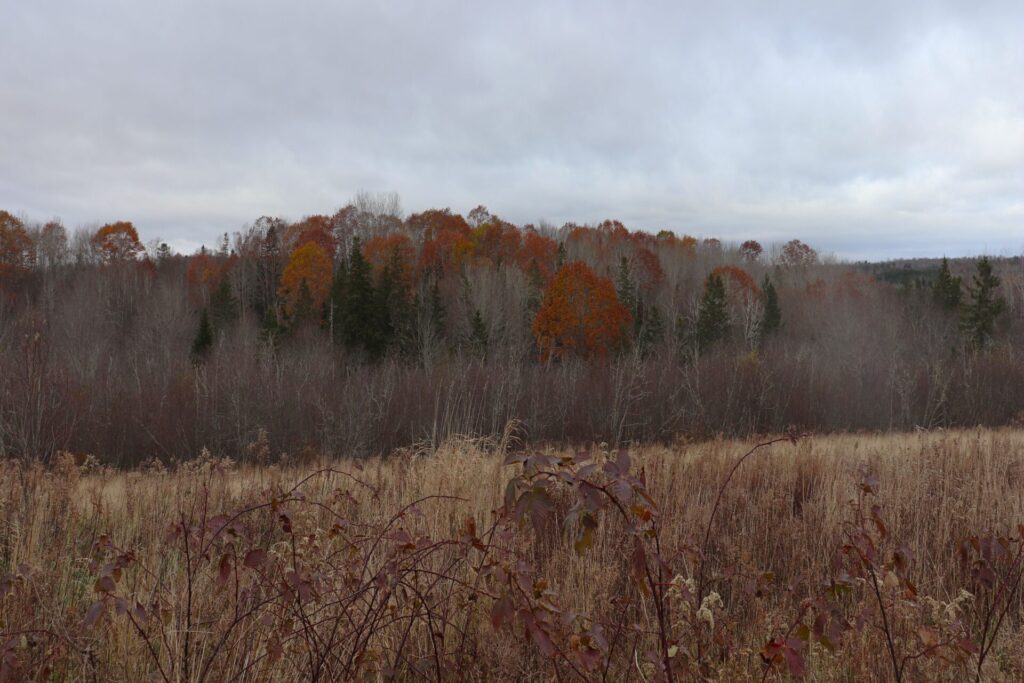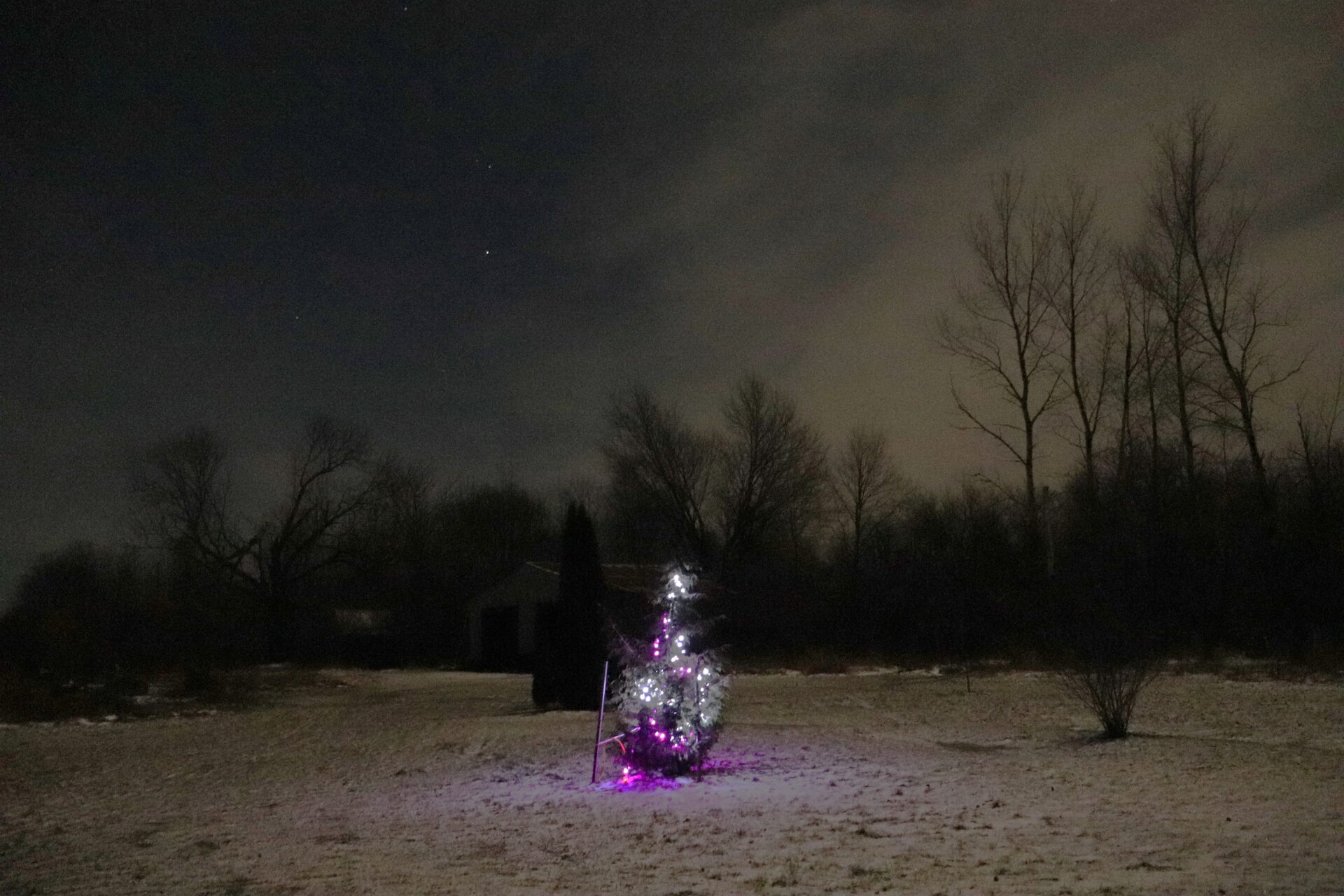Night In This World – A Journey, Part VII
Sweet is the lore which Nature brings;
Our meddling intellect
Mis-shapes the beauteous forms of things: –
We murder to dissect.
Enough of Science and of Art;
Close up those barren leaves;
Come forth, and bring with you a heart
That watches and receives.
— from “The Tables Turned,” William Woodsworth
Since July I’ve been on leave from most of what’s occupied me for the past seven years. I’m not teaching, either in classrooms or on screens. I have no Epic Writing Project, either—meaning I’m not perpetually possessed, hiding on weekends, holidays and gorgeous spring days so I can tune into imaginary voices, wrestling and worrying when the writing’s not going well, wondering whether my spouse, finances, or spirit will hit the wall first. Nor have I been unravelling one life and assembling another: moving provinces, home building while camped with my husband in a tiny room, living out of boxes that have sagged with time, or setting up new digs and searching for shower curtain rings and other stuff that you find squirrelled in a bag inside a drawer out in the shed as soon as you’ve gone out and bought replacements.

And finally, on the family front, my father’s long and edgy decline, and eventual passing, has been followed by a time of mellow, even soothing sadness.
In truth, some of these things stretched longer than seven years (I could swear I’ve been teaching since the 90s, a sign of institutional overexposure for sure.) Others took less. Yet if I had to pinpoint when life turned decidedly more intense—when a confluence of responsibilities and challenges pushed the needle into the red, and held it there—it was mid-2016. This past June, as I wound up the third new writing course I’d taught in six months, I knew I was done. No fuel in the tank, no fire in the furnace; I’d given life’s labour my all. I felt my spirit leave the fray and lie down in a field and refuse to rise.
As I sprawled, eyes fluttering, I counted backwards and felt a tingle of recognition: seven years.
Surrender
The seven-year cycle appears to be a kind of rhythm or season. The ancient Judaic practice of Shmita, the Sabbath of the Land, when agricultural fields were left untouched every seventh year, seems to recognize that the soil follows such a cycle – indeed, that the span of seven was built into all Creation. Spiritual and astrological texts speak of seven-year cycles within us: phases of life marked by changing identity, biology, goals and focus, the source of the proverbial seven-year itch.
Cycles of varying tones and duration move through our lives, turning us this direction or that: night and day, winter and summer, youth and age. The seven-year cycle is more mysterious, certainly, a wave whose cresting approach we cannot see. It seems to be about closure and renewal, whether of earth or self. I suspect we respond to many other cycles as yet unknown to us, too subtle for our senses to observe.
Back in the summer, when I chose to yield to the moment and surrender the back half of the year, I hoped the time would at least lead to more writing, even a new project. You know, that I’d produce something, something substantial. But that’s not what’s happened. Instead I’ve produced smaller, like a wild berry, as I’ve lived free from forced applications of fertilizer, discipline, and work-world schedules.

Oaks
I started this essay soon after Samhain (November 1), when the clocks reversed and shrunk the light. The world had fallen into another terrifying, terrible war. I spoke on the phone with a Jewish friend, then a Palestinian-Canadian friend. Here was the core question: how can all of us live together, thrive together? Because that’s the only option in a world where everything leans against and is entangled with everything else, however unlike. Territory is myriad Others, always porous—except in the human mind.
It was the start of the six-week drop towards Winter Solstice, the stilling of the year, when harvest is over and energy wanes. My garlic had been planted, and the trees I picked up from a wise woman in Cape Breton; even my taxes were up to date. Between the morning rush hour of a few dozen vehicles passing the field and the noon arrival of the postal car, I went walking. North on the road, south. Or I roamed the property, letting direction suggest itself, in search of a spring that’s supposed to rise in the woods. The trees stood bare, except for the oaks. And suddenly Oaks were everywhere: lining ridges and roads, clustered in families, animating those overcast days with their brittle chattering. So many oaks! When the sun shone, they held the year’s last warmth in their rusty, persistent leaves.

During my walks I thought about what I’m normally doing in mid-November. Modernity responds to natural cycles and rhythms as it responds to most things beyond human control: by bending them to our will. In education, the term accelerates into assignments and exams. In retail, stores gear up for Christmas. Pressure increases as the socio-economic-media machine rattles on, perversely out of sync with shrinking days and ebbing energy.
As Jonathan Crary observes in the highly astute 24/7, industry equates rest with revenue loss. Its implicit goal is unending wakefulness. Since the Industrial Revolution, more people have been forced to work longer and later hours to keep ahead of competitors, eroding the duration and quality of rest and sleep. With night itself electrically suppressed, computers available in pocket size, and the planet’s ionosphere turned into a giant wireless conduit, we can work, buy, learn, tune in, produce and circulate information anytime, anywhere. The seeming robustness of all this activity is, in truth, a false vitality, obtained by forcing life (people, oceans, fields and forests) to offer more than it has to give. The only possible result is burnout.
Do we have a plan to align the next generation’s learning with the local rhythms of the places we live? Do we have a plan to align our own lives likewise? To not need the morbid relaxants, stimulants, anti-depressants? To embrace darkness in December, and forgo strawberries until June? Are there plans to retire the wheat fields of the Great Canadian Prairie after a century of industrial abuse, or to heal the compromised chemozen of Ukraine? Do we have plans for pulling back instead of pressing forward?
Such plans will not be tabled anytime soon by leaders of industry, government, or institutions, who work in the same high-octane milieu. But they could be undertaken anyway, by the rest of us.
Blessing
The oaks are bare now, the fields brown. The year sits at its end point of stillness.
To rest is to surrender to necessity, to what is. It seems obvious to say, but resting is built into the operative rhythm of cells. Be one a human, cat, oak or orchid, slowing down is essential to survival. In a 24/7 world, however, slowing down has become a luxury, like darkness itself.
In the New Year things will change, but as of now, I can say I’ve managed to respond to the call of the seventh year, if only for six months. Honouring rest has cost me; unlike the squirrels, I didn’t have a plan, a grant, a paid leave or savings to draw on, and spaghetti squashes aren’t yet accepted as currency. But lying fallow has also been an extraordinary privilege, a period of genuine grace.
From my bed at night I can see Grandfather Ash. Above him glitters Orion’s Belt, stars that shine for everyone and have done so all the ages people have lived. To receive such experiences while so many do not—while so many lack warm beds or the freedom to lie down in them, lack quiet, safety, loving companionship and the reassurance that Life protects them as they dream—is a great blessing in these times.
Yet it’s even more simple: Life is the blessing. And we can’t accept its gifts on the fly.
December 2023
This essay marks the eighth instalment in a series about my experiences living with the land in rural Nova Scotia. I began the series on August 1, 2022 with the intention of following the year through its changes, posting approximately every six weeks. Having completed a cycle and then some, I’m considering where this essay series should go. Thank you very much for reading and subscribing.
